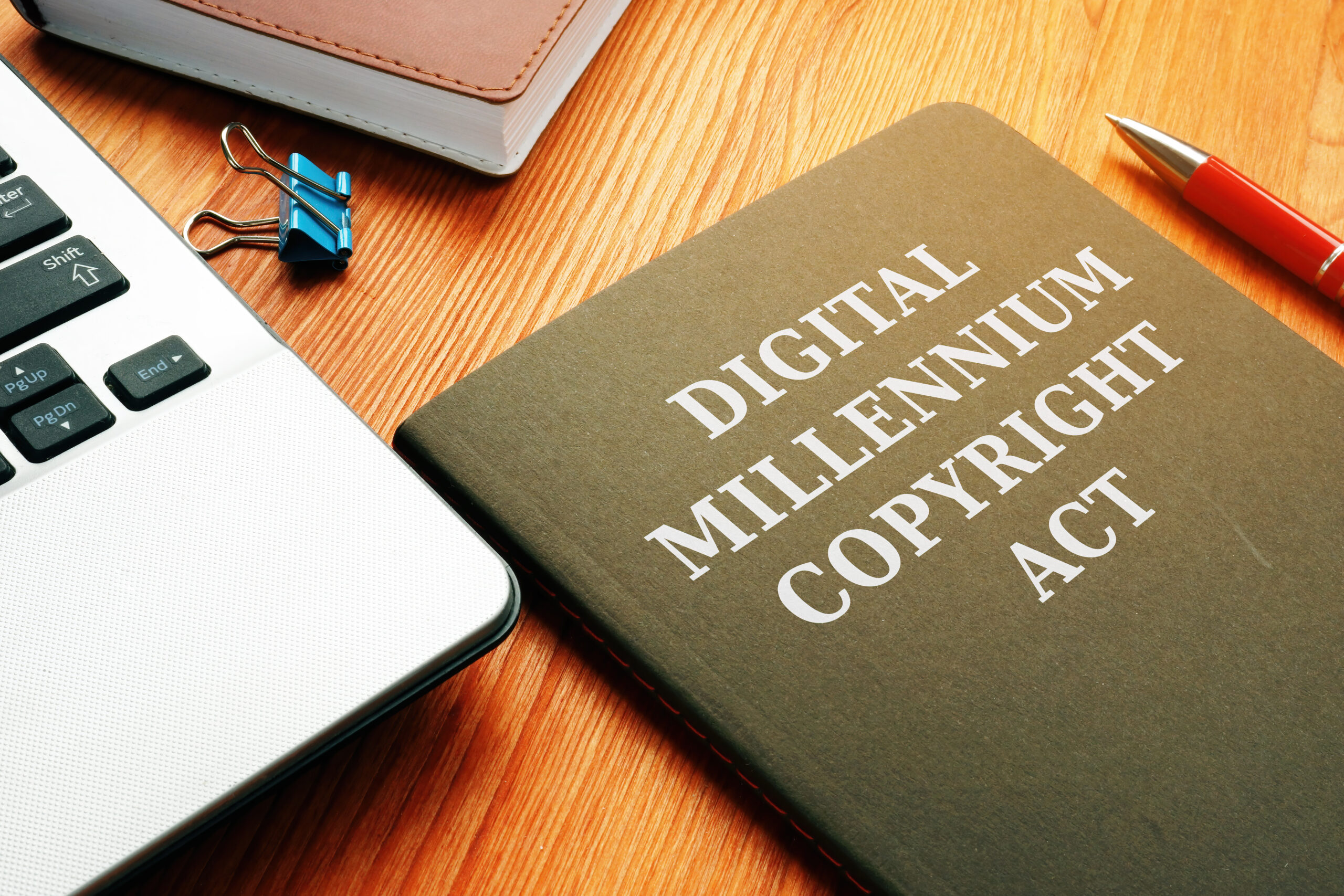“To say this legal uncertainty is problematic would be an understatement. In the digital age, the DMCA is perhaps the most important copyright law in the United States.”
 Real estate data firm CoStar and real estate digital marketplace CREXi are currently engaged in a high-profile intellectual property fight. Costar, which runs Apartments.com, alleges that CREXi is violating the Digital Millennium Copyright Act (DMCA) by using its images on Crexi.com without regard to its terms of service. The company has gone so far as to say that “CREXi is attempting to build its own online commercial real estate marketplace and auction platform by free-riding on CoStar’s billions of dollars of investments and the thirty-plus years of hard work by CoStar’s employees.” CrEXi, on the other hand, argues that all the images on the site are uploaded at brokers’ (not CrEXi’s) direction and thus the company can’t be held liable for IP violations.
Real estate data firm CoStar and real estate digital marketplace CREXi are currently engaged in a high-profile intellectual property fight. Costar, which runs Apartments.com, alleges that CREXi is violating the Digital Millennium Copyright Act (DMCA) by using its images on Crexi.com without regard to its terms of service. The company has gone so far as to say that “CREXi is attempting to build its own online commercial real estate marketplace and auction platform by free-riding on CoStar’s billions of dollars of investments and the thirty-plus years of hard work by CoStar’s employees.” CrEXi, on the other hand, argues that all the images on the site are uploaded at brokers’ (not CrEXi’s) direction and thus the company can’t be held liable for IP violations.
CoStar claims to have information that undercuts this narrative, including evidence that CrEXi’s staff has illicitly used other companies’ CoStar account passwords to obtain this information. Given that CoStar has a successful track legal track record in stopping IP theft, such as by securing a $500 million judgement from its now-bankrupt competitor Xceligent in December, its allegations should be taken seriously. Nevertheless, this piece won’t litigate all the details of the CoStar-CREXi case, nor will it assess the merits and demerits of each party’s claims. Rather, it will explore and analyze a related, recurring legal question that could impact the DMCA’s scope, impact, and efficacy for the generations to come — in what circumstances is it permissible to remove copyright management information (CMI) from copyrighted works and images on the Internet?
CMI and the DMCA: A Contentious Subject
Just how aggressively the DMCA protects watermarked content and other pieces of CMI has become a contentious legal issue.
In one of its many allegations in the CoStar-CREXi case, CoStar accuses CREXi of “cropping out the CoStar watermark from CoStar-copyrighted photographs before adding them to CREXi.” However, one U.S. court contends that CoStar’s watermark — which resembles a small recycling symbol — does not constitute CMI.
While CoStar-CREXi is the most high-profile ongoing case related to watermarks and the DMCA, it is not the only one.
For example, in Victor Elias Photography, LLC v. Ice Portal, Inc., photographer Victor Elias accuses Ice Portal, Inc. of infringing on his copyrighted images by scrubbing them of their CMI. However, the 11thCircuit ruled that because the company was not aware that its software scrubbed the CMI it converted the images into JPEG files, it could not be held liable for violating the DMCA. Elias is seeking U.S. Supreme Court review.
What the DMCA Says About CMI
17 U.S.C. § 1202(b) of the DMCA, which Congress enacted 25 years ago to “strengthen copyright protection in the digital age” states the following:
(b) Removal or alteration of copyright management information. — No person shall, without the authority of the copyright owner or the law —
(1) intentionally remove or alter any copyright management information, [or] … (3) distribute, import for distribution, or publicly perform works, copies of works, or phonorecords, knowing that copyright management information has been removed or altered without authority of the copyright owner or the law, knowing, or … having reasonable grounds to know, that it will induce, enable, facilitate, or conceal an infringement of any right under this title.
The key words here, of course, are “intentionally” and “having reasonable grounds to know.” These terms signify that a plaintiff must have beyond a reasonable doubt of proof of a defendant removing CMI from their products (or knowing that CMI is being removed by an affiliated third-party) to have a case. Any lawyer will tell you that intent can be very difficult to prove. But this raises the question: what should (and shouldn’t) constitute beyond reasonable doubt proof in the case of infringement with respect to the DMCA?
Why the High Court Must Step In
If there is validity to CoStar’s allegations that CREXi staff knew and oversaw the removal of CMI (and, to be clear, whether the company’s claims are valid remains to be seen), then in this particular case, the ourt may have a straightforward ruling on its hands. If the image CoStar’s watermark is indeed not copyrightable as one court ruled, then CREXi may not receive penalty for removing the watermark itself. That said, it will still unquestionably be found guilty for using CoStar’s images if CoStar’s proof of CREXi using them without a license is as damning as the company alleges.
However, this is just one of many cases that concerns CMI protection under the DMCA today. What about the hundreds of other cases out there that are not as clear cut as this one might be?
The court ruled in Kelley v. Arriba Soft Corp, a case between a search engine and a commercial photographer, that CMI must be affixed to the copyrighted work and that removing a work from a surrounding copyright notice does not equate to a CMI infringement. However, in the cases where creators have included copyright notices in their written works and have built CMI into visual or audio pieces, inventors and content developers are currently left scratching their heads as to how they can (and can’t) prove infringement to protect themselves and their work.
To say this legal uncertainty is problematic would be an understatement. In the digital age, the DMCA is perhaps the most important copyright law in the United States. It affects hundreds of thousands of stakeholders, from musicians to authors to photographers, who depend on the Internet to conduct their business. These participants in the digital economy require more understanding of what is needed to prove infringement of their products so they can continue making a living for themselves and their families in the weeks, months, and years to come.
The time is now for the Supreme Court to weigh in and provide American innovators with the information and certainty they require. Only then will the nation’s IP laws finally be reconciled with the new issues, needs, and demands presented by this ever-changing digital age.
Image Source: Deposit Photos
Image ID: 345204480
Author: designer491

![[IPWatchdog Logo]](https://ipwatchdog.com/wp-content/themes/IPWatchdog%20-%202023/assets/images/temp/logo-small@2x.png)

![[Advertisement]](https://ipwatchdog.com/wp-content/uploads/2024/04/Patent-Litigation-Masters-2024-sidebar-early-bird-ends-Apr-21-last-chance-700x500-1.jpg)

![[Advertisement]](https://ipwatchdog.com/wp-content/uploads/2021/12/WEBINAR-336-x-280-px.png)
![[Advertisement]](https://ipwatchdog.com/wp-content/uploads/2021/12/2021-Patent-Practice-on-Demand-recorded-Feb-2021-336-x-280.jpg)
![[Advertisement]](https://ipwatchdog.com/wp-content/uploads/2021/12/Ad-4-The-Invent-Patent-System™.png)







Join the Discussion
One comment so far.
Venus Descending
June 1, 2023 04:13 amCopyright laws are BS.
The original intent of these laws were to protect people from having their creative works stolen by more visible actors and reproduced for their gain.
This modern extreme interpretation that treats digital copies of mundane photographs being used for a utilitarian rather than an aesthetic value is a massive over reach and pushes us further into the destruction of free information on the internet and a a betrayal of its values.